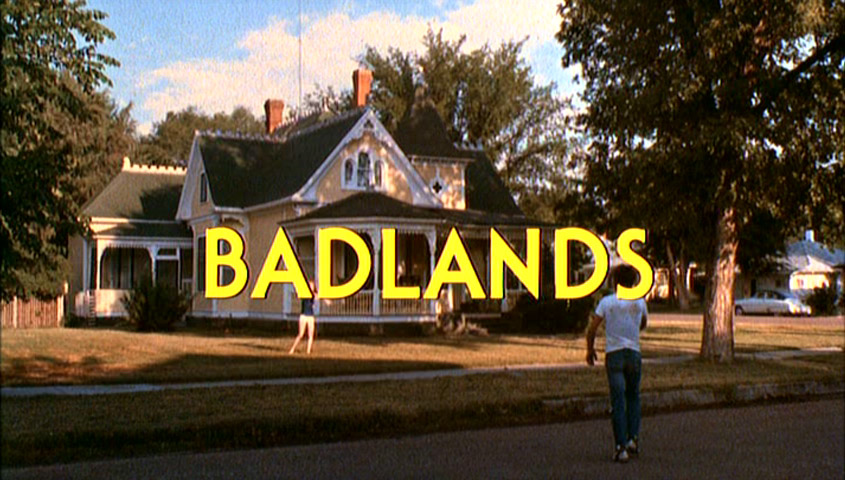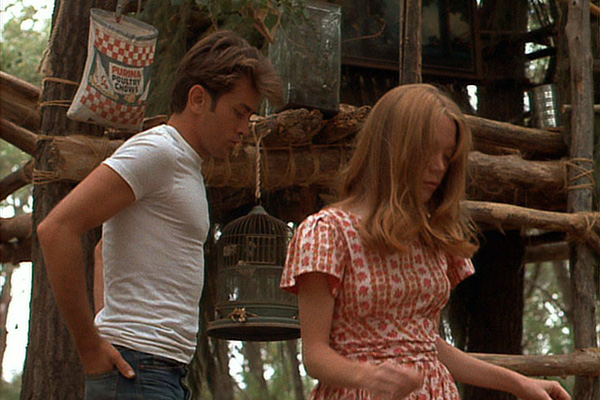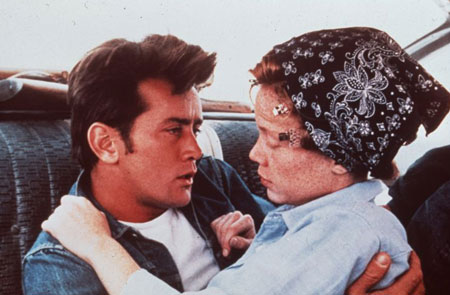James Benning (from FILM: THE FRONT LINE 1983)
The longest chapter in my book Film: The Front Line 1983 (Arden Press) — which only recently went out of print, though it’s still available from Amazon. I’m sorry that some of the illustrations aren’t of better quality. I’ve done a light edit on the text.
Considering that Benning by now probably has dozens of features to his credit rather than merely four, and that some of these are staggering achievements, I’m not at all sure if my judgments of three decades later would be the same. It’s also worth mentioning that I’ve written about a good many of his subsequent films, including (on this site) Landscape Suicide (1987), Used Innocence (1989), North on Evers (1992), Deseret (1995), Four Corners (1998), Utopia (1998), El Valley Centro (2000), his California Trilogy (2000-2004), Ten Skies (2004), One Way Boogie Woogie/27 Years Later (2005), and RR (2009), often at some length. It’s a pity that most of these films aren’t readily available, but I’m happy to report that the Austrian Film Museum (https://www.edition-filmmuseum.com/) , which published the first substantial book about James Benning in 2007, has launched the long-overdue project of restoring and releasing Benning’s work on DVDs — beginning with American Dreams (lost and found) (1984) and Landscape Suicide, in a two-disc set with a 20-page booklet, for 29,95 Euros, and followed by several more such packages. Read more



